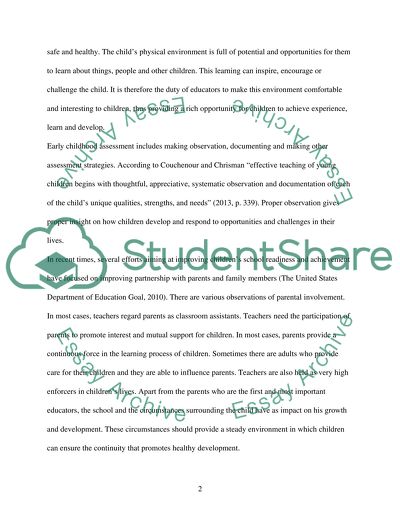Cite this document
(“Critically discuss the key elements of positive practice relationships Essay”, n.d.)
Critically discuss the key elements of positive practice relationships Essay. Retrieved from https://studentshare.org/education/1662116-critically-discuss-the-key-elements-of-positive-practice-relationships-with-children-and-their-families-to-what-extent-are-they-influenced-by-different-settings-in-childrens-services
Critically discuss the key elements of positive practice relationships Essay. Retrieved from https://studentshare.org/education/1662116-critically-discuss-the-key-elements-of-positive-practice-relationships-with-children-and-their-families-to-what-extent-are-they-influenced-by-different-settings-in-childrens-services
(Critically Discuss the Key Elements of Positive Practice Relationships Essay)
Critically Discuss the Key Elements of Positive Practice Relationships Essay. https://studentshare.org/education/1662116-critically-discuss-the-key-elements-of-positive-practice-relationships-with-children-and-their-families-to-what-extent-are-they-influenced-by-different-settings-in-childrens-services.
Critically Discuss the Key Elements of Positive Practice Relationships Essay. https://studentshare.org/education/1662116-critically-discuss-the-key-elements-of-positive-practice-relationships-with-children-and-their-families-to-what-extent-are-they-influenced-by-different-settings-in-childrens-services.
“Critically Discuss the Key Elements of Positive Practice Relationships Essay”, n.d. https://studentshare.org/education/1662116-critically-discuss-the-key-elements-of-positive-practice-relationships-with-children-and-their-families-to-what-extent-are-they-influenced-by-different-settings-in-childrens-services.


